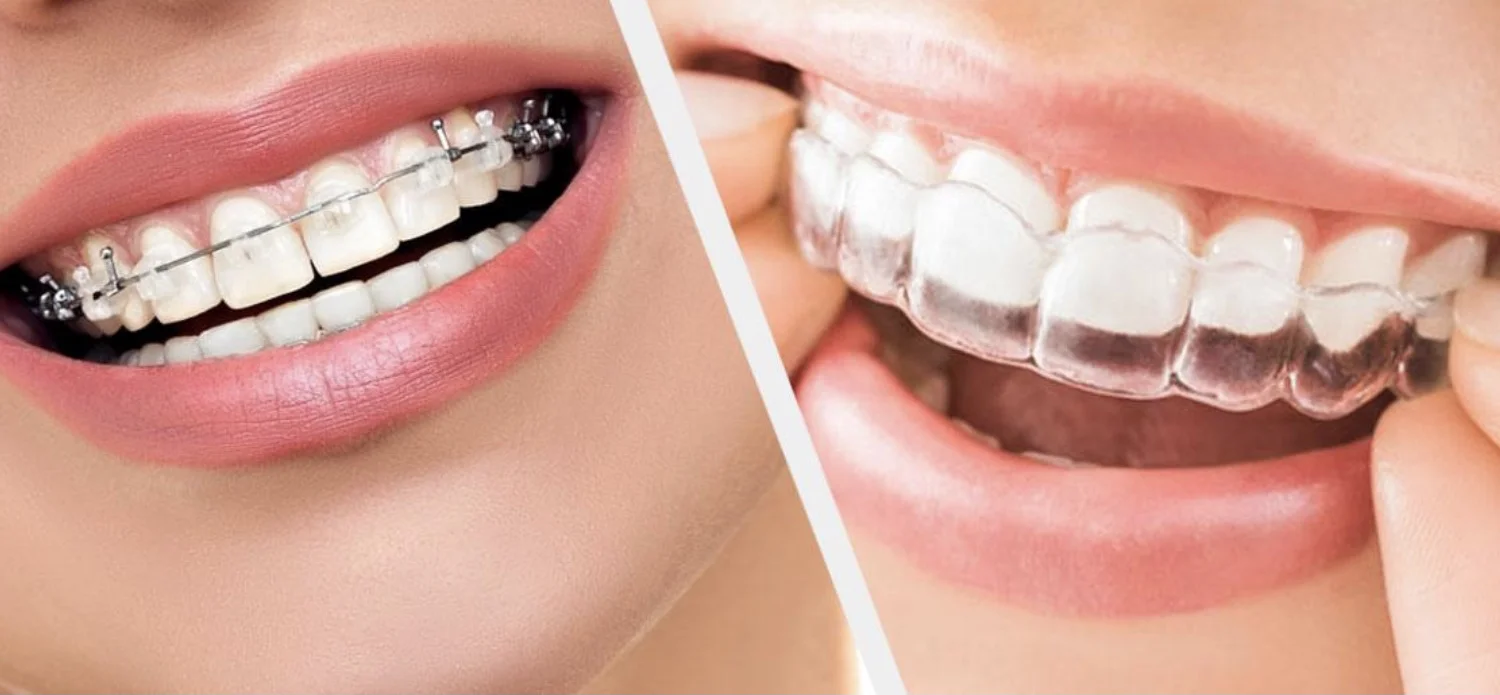Orthodontics

Orthodontics is a branch of dentistry that focuses on the alignment of teeth and jaws to improve oral health, function, and aesthetics. Orthodontic treatment involves the use of braces, aligners, and other appliances to correct issues such as crooked teeth, gaps, overbites, underbites, and more. Here are some common orthodontic applications and techniques:
- Traditional Braces:
- Traditional metal braces consist of brackets attached to the teeth and connected by archwires. The wires are adjusted periodically to gradually shift the teeth into their desired positions.
- Ceramic Braces:
- Ceramic braces are similar to traditional braces but use tooth-colored or clear brackets that blend in with the teeth, making them less noticeable.
- Lingual Braces:
- Lingual braces are attached to the back (lingual) surface of the teeth, making them virtually invisible from the front. They are custom-made to fit the individual's teeth.
- Clear Aligners (Invisalign, ClearCorrect, etc.):
- Clear aligners are a series of transparent trays that are custom-made to gradually shift the teeth. They are removable and virtually invisible when worn, providing a more discreet option.
- Functional Appliances:
- Functional appliances, like headgear or palate expanders, are used to correct bite and jaw alignment issues, particularly in growing children.
- Retainers:
- After active orthodontic treatment, retainers are used to maintain the new alignment of teeth and prevent them from shifting back to their original positions.
- Surgical Orthodontics:
- In some cases of severe misalignment or jaw discrepancies, orthodontic treatment may be combined with oral surgery to achieve optimal results.
- Early Orthodontic Intervention:
- Some orthodontic issues are best addressed in childhood. Early intervention can guide jaw growth, prevent more serious problems, and reduce the complexity of treatment later.
- Adult Orthodontics:
- Orthodontic treatment is not limited to children and teenagers. Many adults opt for orthodontic treatment to improve their smiles and correct bite issues.
- Digital Orthodontics:
- Advanced technologies like 3D scanning, digital treatment planning, and computer-assisted design play a significant role in orthodontics, improving precision and predictability.
- Interdisciplinary Treatment:
Orthodontists often collaborate with other dental specialists, such as oral surgeons, periodontists, and prosthodontists, to address complex cases involving multiple dental issues.


